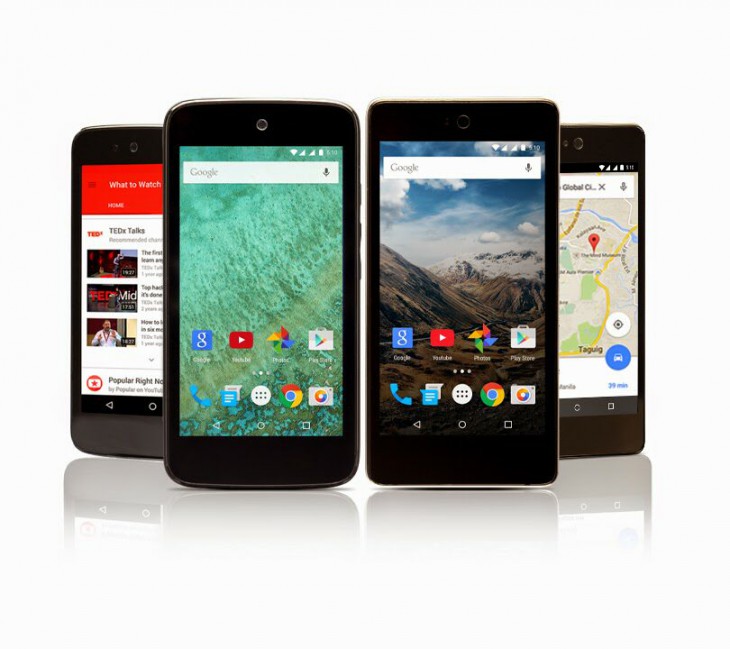
The rollout of Google’s low-cost phone initiative, Android One, continues, this time heading to the Phillipines. Cesar Sengupta has announced via the Asia-Pacific Google Blog, that two new phones: the Cherry One and the MyPhone Uno will launch in the country in the coming weeks.
The phones will retail at around P5000 (around AU$145) and bring the same specs as existing Android One models available in India, Nepal, Bangladesh, Sri Lanka and Indonesia. Android One phones currently use a 1.3GHz Mediatek processor, with 1GB of RAM and 4GB of storage but with a microSD card for expandable storage.
Current Android One specs based on previous phone releases:
- 4.5″ FWVGA (854×480) resolution IPS Display
- 1.3GHz Quad Core processor with Mali-400 GPU
- 1GB RAM
- 4GB on-board storage with microSD Card (up to 32GB)
- 5MP Rear Camera with LED Flash and 2MP Front-Facing Camer
- WiFi, Bluetooth v4.0, A-GPS,FM Radio
- Gravit, Proximity, Light, Magnetic and Gyro Sensors
- Radios
- 2G: 2100
- 3G: 850/900/1800/1900
- Android 5.1
- 1700mAh Li-Polymer battery
Google is expected to update the Android One platform with a different specification at some stage, with Qualcomm announced as a partner, but at this stage it seems as though they are sticking with the same specs.
Software wise, Google advised the phones would come with ‘the latest version of Android (Lollipop), the fastest, most responsive Android experience ever’, which according to the Indonesian launch of Android One, will be Android 5.1.
Without announcing specific details, Sengupta advised that Google has partnered with local carriers to offer promotional plans that reduce costs for OTA updates and app downloads from Google Play. In keeping with the Android One releases in other countries, the Android One phones will also come with YouTube Offline, allowing owners to download YouTube videos for playback offline.
The launch of Android One in the Phillipines, brings the total number of countries selling the phones to six, with more coming soon.